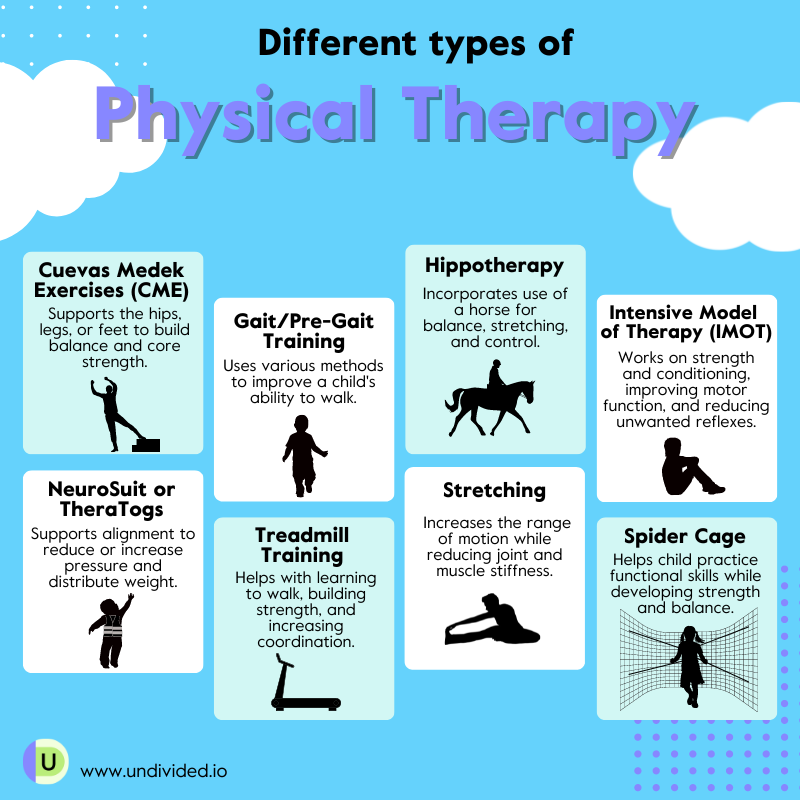Perfecting the Fundamental Guidelines of Human Factors for a Well-Balanced and Optimized Professional Setting
Establishing a office setting that supports well-being and productivity is crucial in the current dynamic workplace. Ergonomic science, the discipline of how individuals interact with their workspace, plays a pivotal role in reaching this objective. By implementing key ergonomics-based principles, individuals can optimize their comfort, reduce the risk of harm, and increase overall effectiveness in their daily activities. Recognizing and utilizing these principles can lead to significant benefits for both staff and employers alike.
One of the initial steps in learning ergonomics is to examine the workstation setup. This includes the arrangement of tables, seating, monitors, and other tools. A seat should provide adequate lumbar support, allowing the spine to maintain its natural curve. The elevation of the work surface should be flexible so that when in a chair, forearms sit easily at a 90-degree alignment while typing. Additionally, displays should be aligned at visual height to reduce neck strain. Thoughtfully organizing these elements establishes a foundation for a ergonomic work environment.

Another important factor is the value of physical activity throughout the day. Sitting in one place for too long can cause discomfort and wellness concerns. Therefore, it is advisable to integrate regular breaks into the daily schedule. Simple activities such as getting up, extending muscles, or taking a walk can help alleviate muscle strain and improve circulation. Motivating employees to move not only supports their physical well-being but also increases mental clarity and attention during activities.
Light quality in the work environment also plays an significant role in ergonomic design. Poor light can lead to eye discomfort and headaches, which can greatly impact performance. Sunlight is optimal as it reduces glare and creates the work setting more pleasant. In its absence, using flexible lamps with soft light can enhance sight without leading to eye fatigue. Making sure that work environments are properly illuminated contributes to establishing an setting conducive to focus and efficiency.
Finally, supporting good see it here behaviors concerning seating posture is vital for sustaining a ergonomic workplace. Staff should be taught on the importance of sitting up straight and placing their lower limbs firmly on the ground. Incorporating ergonomic accessories like wrist rests or typing platforms can further enhance ease while completing activities. By fostering knowledge about ergonomics among the workforce, organizations can develop a environment of wellness that leads to greater performance and workplace satisfaction.
To summarize, mastering ergonomic principles is vital for creating an productive and well-balanced office. By evaluating workspace arrangements, encouraging movement, optimizing lighting conditions, and promoting healthy seating Get More Info habits, both workers and employers can experience substantial advantages. Dedicating time and resources into ergonomic strategies not only supports personal health but also creates a stronger work environment overall.